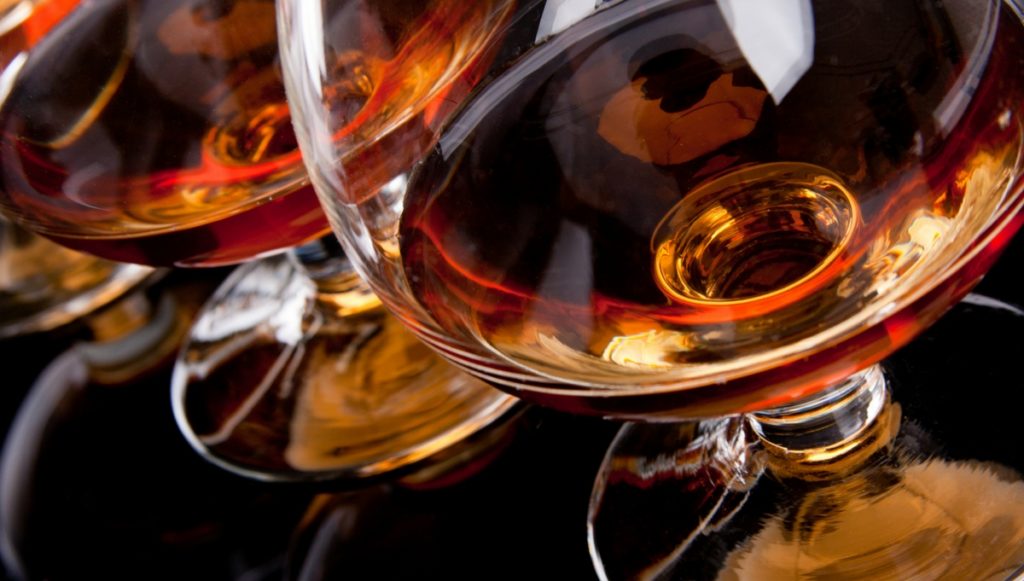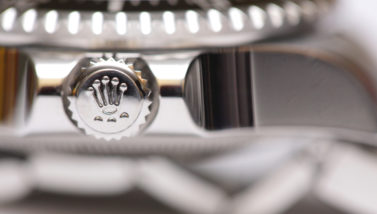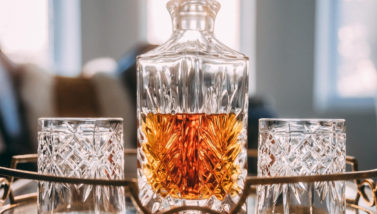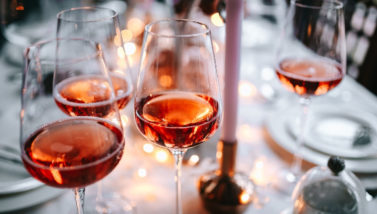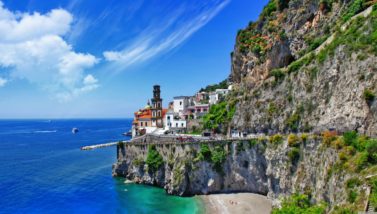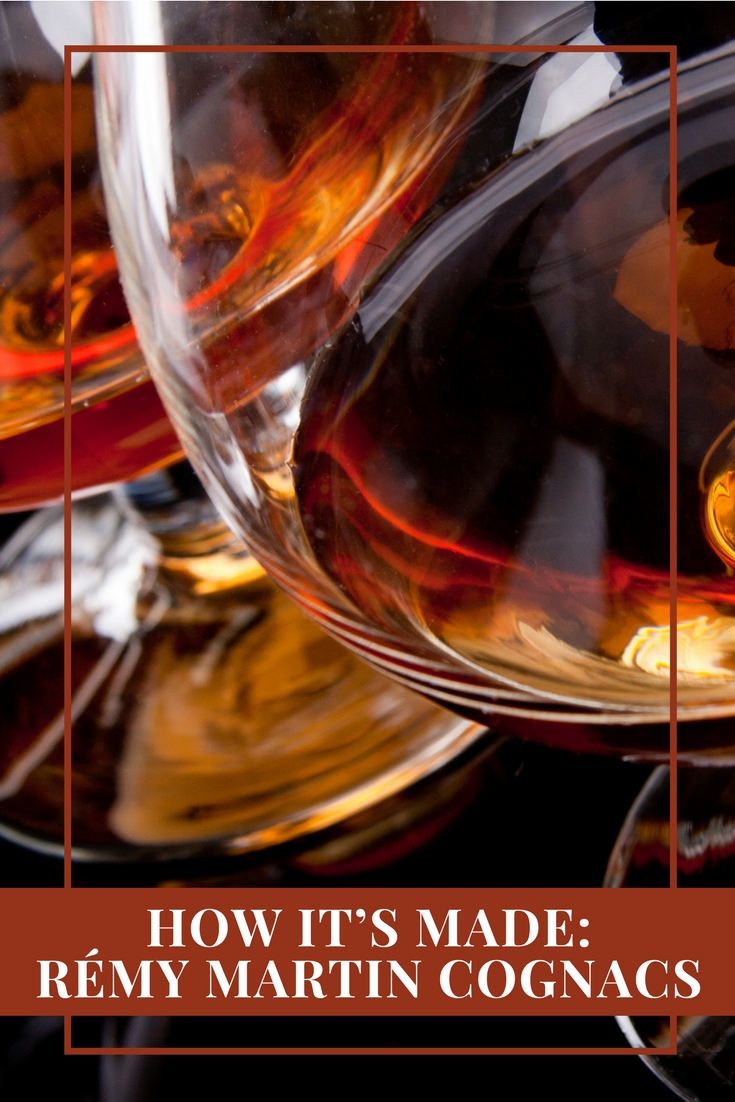With a history dating back to 1724, Rémy Martin has been producing quality spirits and is most known for their cognacs. Bottled under the namesake of its creator, Rémy Martin established an impressive reputation very early on. So much so that King Louis XV of France granted Rémy Martin the rare right to plant new vines in 1738. Just under 100 years later, a successor, Paul-Émil Rémy Martin expanded the house and its cognacs to Asia, throughout the Pacific, and to the United States where the reputation for cognac excellence continues today.
What is Cognac?

It’s quite simple really, cognac is a type of brandy. Once it has been distilled and while it is aging, it is referred to as an eau de vie, a colorless, clear fruit brandy. Rémy Martin’s eau de vie is created from the grapes grown in the two best growing regions of Cognac – the grande champagne and the petite champagne. Champagne is defined by a type of chalky soil. Once the eau de vie process is complete, it is double distilled and the brandy is created. This is the process in the simplest of terms, but the process is a bit more complex.
Fermentation & Distillation

Once the grapes are pressed, the juice that is produced is allowed to ferment naturally and no sugar or sulfur dioxide is added. Then, there are two distillation processes. The first distillation takes the fermented wine and pours it into pot stills which are enclosed in brick kilns which each hold the equivalent of 3,000 bottles. The alcohol will vaporize when the kilns are heated to around 200 degrees, it vaporizes and separates from the rest of the liquid. These vapors are then collected in the neck of the still and are passed through a condenser coil. The condensed liquid, or broullis, is reduced by a third and at this point measures 30% alcohol by volume.
This is the point at which the second distillation begins as the broullis is heated again in an exacting process known as the bonnechauffe and it is the point when the distiller decides when to isolate the heart of the liquid from the head and tails. The heads are too high in alcohol content and the tails are lacking in substance, but these portions are redistilled repeatedly and used during the blending process. The end of the second distillation process yields a clear liquid called eaude vie which has been reduced by a third and is 70% alcohol by volume. The distillation process is likely the most costly of the creation of cognac because it takes nine liters of wine to produce one liter of cognac.
Casking, Aging, & Blending

Post distillation, the eau de vie is piped into oak casks that are housed in cooperages. These large, damp warehouses are the setting in which the makers note the date, the cru, and the vintage in chalk on each cask. During this first stage of casking, the brandy is stored in newer casks that are only a year or two old because the tannin in these new oak casks is very strong and the brandy will absorb large amounts of it.
Depending on the end product, the brandy goes from young casks into older casks. A cooper oversees the transfers and tastes the brandy yearly to decide when to move to another cask. The “tasting” is nasal as very little of the cognac is oral. Part of the aging process is blending where different crus and varying vintages are blended until the desired quality is achieved. Samples are taken from each blend as representatives and they’re kept for at least 10 years.
Bottling

As with most cognac houses, the bottles that will house the cognac are a source of great pride for Rémy Martin. They represent the quality of the brand and the cognac it contains. The bottling process is slow to ensure quality as the bottles are inspected and hand dried, then filled and packed for distribution.
Rémy Martin is a company nearing its 200th birthday that keeps tradition and history alive while continuing to maintain relevant. Even with modern updates, the company’s processes for crafting its quality cognac are virtually the same since the start. Does an understanding of the process increase your appreciation for Rémy Martin and their cognac? So, do you know what goes best with a quality cognac? A fine cigar. You might also want to read about the most expensive cigars in the world.

